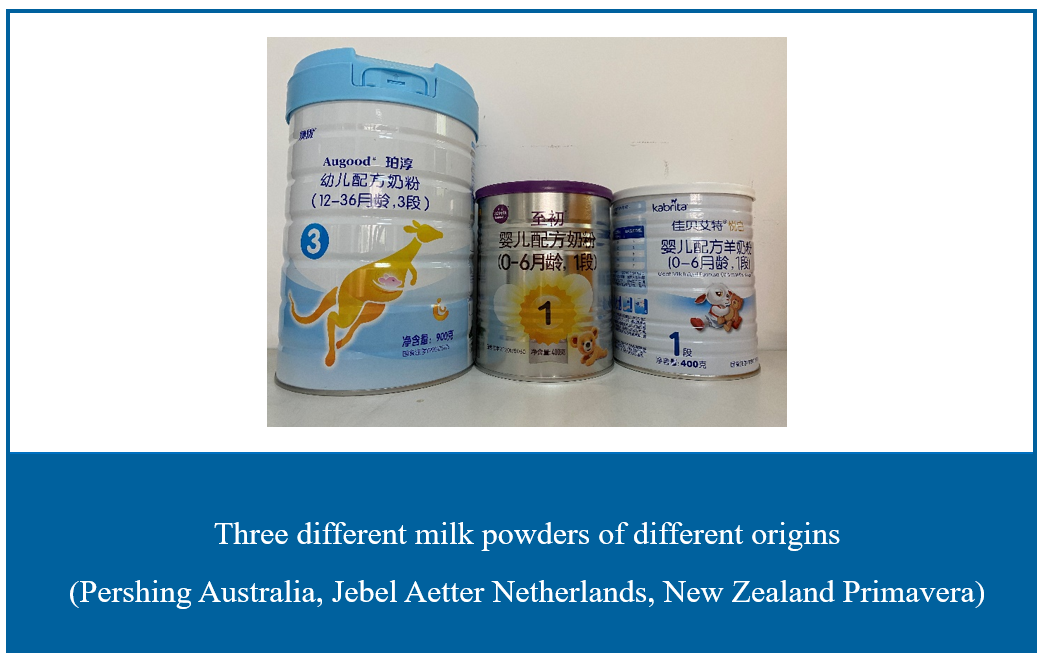- HOME
-
PRODUCT
- SOLUTION
-
- ENVIRONMENTAL PROTECTION
- Real-time monitoring solutions for heavy metal emissions in air and water
- Detection of heavy metal content in soil environment
- Simultaneous determination of solid waste (S, Cl, F)
- Analysis of soil nutrient content
- Detection of toxic elements in solid waste and hazardous waste
- Emergency monitoring of Heavy Metals in Environmental water quality
- PM2.5 air filter membrane inorganic element content analysis
-
- METALLIC ORE
- Cu/Cr/Ni/Mn Ore Element Content Detection
- Elemental content analysis of Copper concentrates
- High purity metal (alloy) content analysis
- Elemental content analysis of slag samples
- Rapid determination of precious metal content in ternary catalyst
- Determination of element content in magnesite and magnesite
- Rapid analysis of rare earth elements content
- Rapid trace precious metal content testing
- XRF LIBRARY
- SERVICE&SUPPORT
- ABOUT ANCOREN











